10 desserts that remind Hungarians of home

Previously we wrote about some main dishes that stick with Hungarians for the rest of their lives, but it is worth mentioning that desserts might have an even bigger impact on you. Check out ten of the most important desserts that Hungarians have grown up eating and are still their favourites.
Somlói galuska
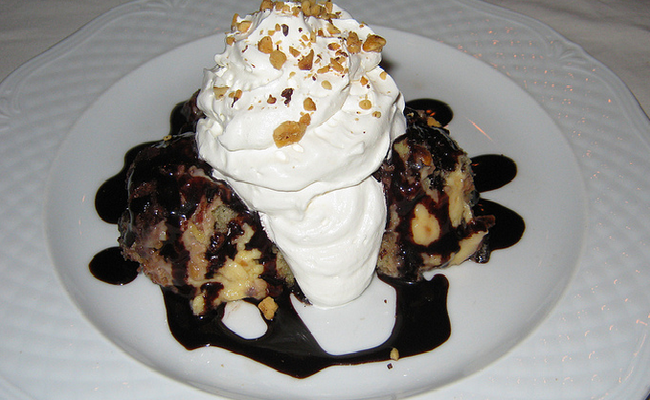
Almost no Hungarian can say no to Somlói galuska, one of the most mysterious desserts of the nation. This dessert is comprised of a plain sponge cake, a chocolate flavoured one and a walnut favoured sponge cake, with lots of cream, rum-soaked raisins and chocolate sauce, making it an eloquent and extraordinary culinary experience. Somlói was first made for the World Exhibition in 1958, and
the highly successful original recipe is still a secret, that is why there are so many different, but very similar versions of it.
Krémes
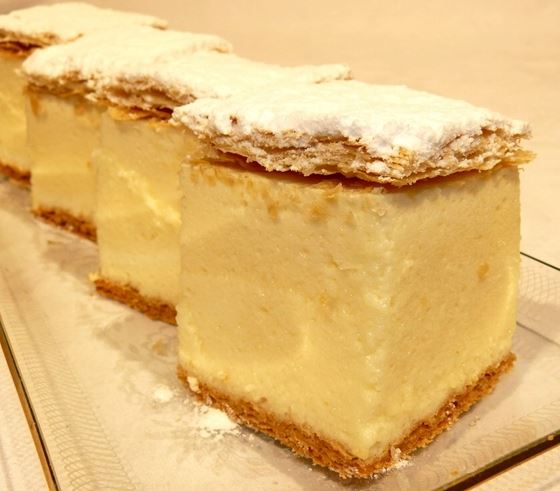
Although krémes is not originally from Hungary, there is a Hungarian take on it which is highly popular, and that was praised by CNN as one of the best cakes in Budapest. The secret? The original, presumably French, recipe was transformed into two layers of crispy sheets of pastry, between which you will find a usually 8 centimetres tall vanilla custard. Try it for yourself whenever you are in Hungary – every confectionery serves krémes.
Mákos guba

This heavenly dessert was already featured in the first Hungarian cookbook in 1695 and its popularity has not declined one bit. Mákos guba is made from leftover crescent rolls or other raised pastry, poppy seed and vanilla custard. It is one of the most important Christmas meals, served either as a dessert or as a standalone meal.
Mákos guba is a very tasty, refined dessert, which is luckily not too filling,
so that is why it is served shortly before the Christmas dinner or as the first course on the very long list of Christmas desserts. As we wrote before, every single meal served at Christmas has symbolic meaning, and so poppy seeds were thought to bring money to the house.
Carnival doughnut

Just like krémes, doughnuts are popular everywhere in the world, but for Hungarians it has a special meaning, linked to tradition: it is eaten usually during the Farsang period and the Busójárás festivities. The carnival season was regarded as the period of finding love, during which girls gave a doughnut with a ribbon tied to it to the boy they wished to marry. Doughnuts are delicious, filling and cheap, and Hungarians know that it is best when grandma makes it with apricot jam.
Pancakes
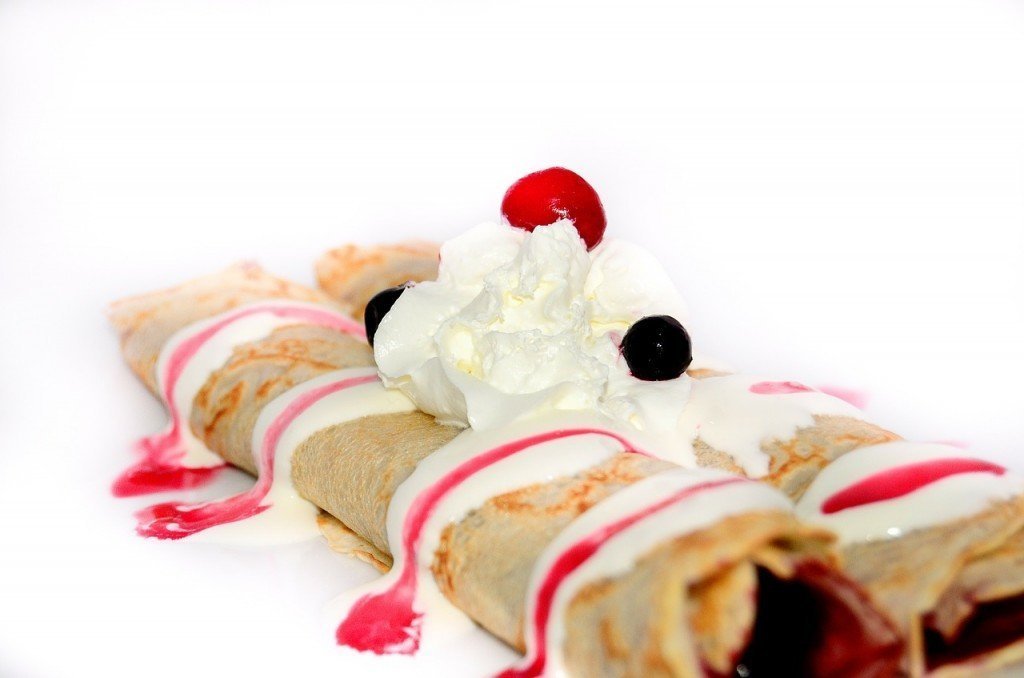
Hungarian pancakes are a lot like crêpe, they are essentially very thin pancakes, filled with farmer’s cheese (with raisins, cinnamon or lemon zest), plum or apricot jam and then rolled. As far as I can remember, pancakes are the favourites of every Hungarian child, and for many, it still brings back the careless days of our youth. If you are looking for a more eloquent version of it, try the famous Gundel pancake, which is filled with a walnut, vanilla, raisin, orange and rum cream, topped off with chocolate and rum sauce.
Aranygaluska

Golden dumplings, or aranygaluska, are the queen of raised pies. It is a magnificent wonder of the Hungarian cuisine, but at the same time, it is quite complicated and takes a long time to make. Nevertheless, these dumplings rolled in butter and ground walnut then baked together and graced with vanilla custard are very comforting, especially during the cold and dark winter days.
Dobos cake
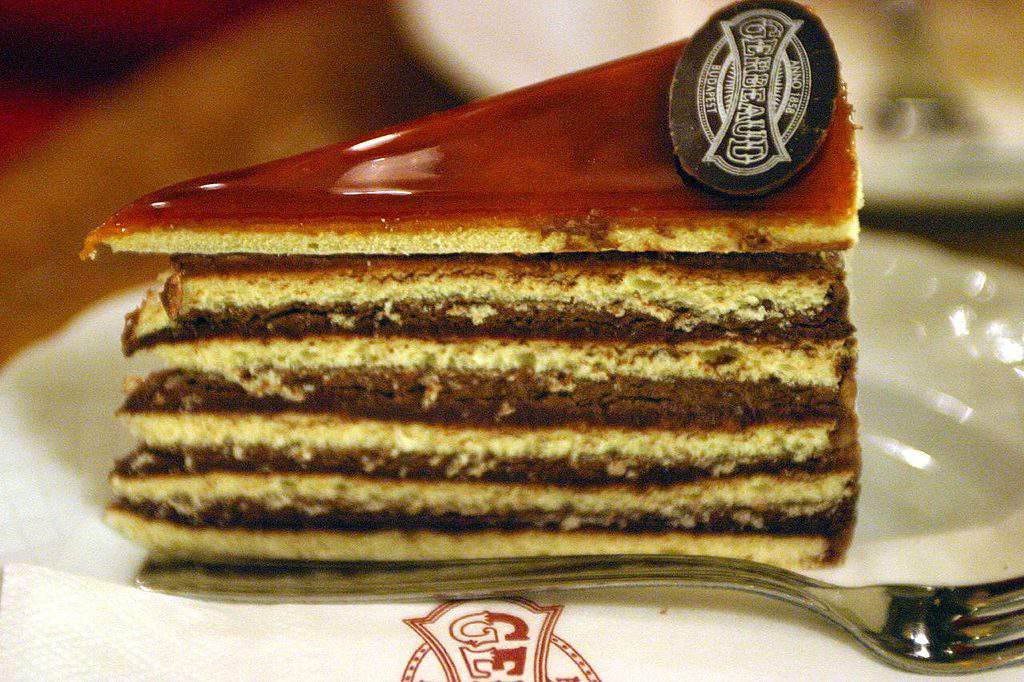
If you ask me, Dobos is the best Hungarian cake, and I do not have a sweet tooth at all.
However, there is something to this elegant and yet simple cake that captivates everyone.
Dobos is basically several layers of sponge cake, between them a buttery cocoa cream and on top hard caramelised sugar. Since it is so simple (remember: less is sometimes more), it is gracious enough to let you enjoy other cakes and well, and because of this it is the highlight of every wedding and family gathering.
Kürtős kalács (chimney cake)
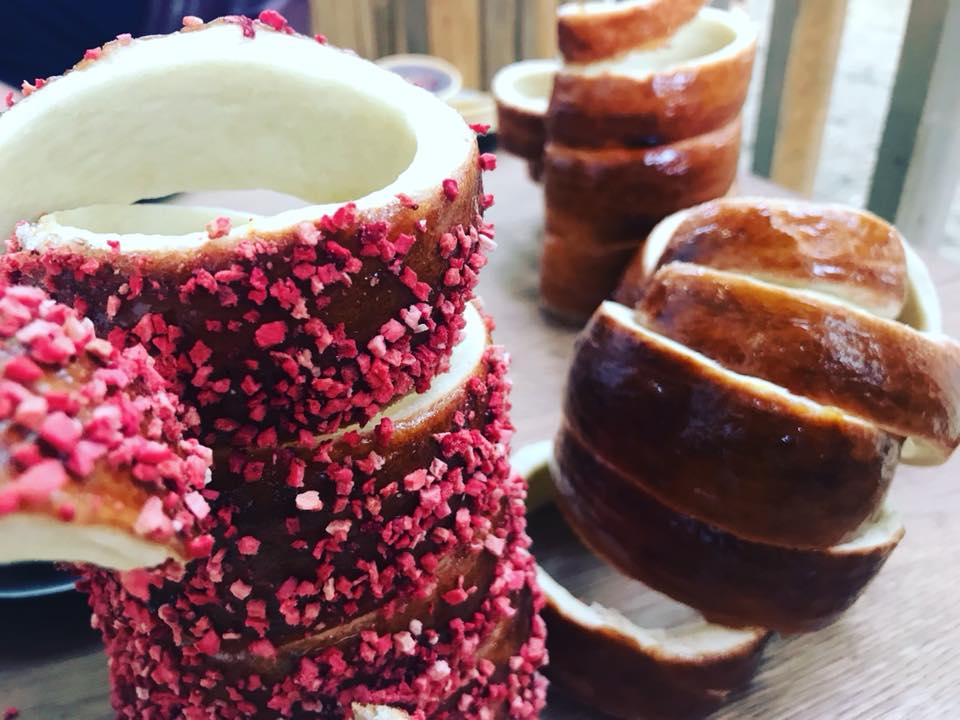
Photo: www.facebook.com/vitezkurtos
Chimney cake is considered to be the national dessert or dish of Szeklerland, but every Hungarian is swoon by it, and most of them remember it from festivals and celebrations – sometimes Szeklers visited my hometown during celebrations so we got to taste original chimney cake. Kürtős kalács is a doughnut-like dough rolled on a dong, with different toppings: chocolate, sugar, ground walnut, coconut or cinnamon, but in Budapest you will find kiosks selling chimney cake filled with Nutella or ice cream.
Zserbó

Zserbó has become a Christmas and Easter tradition in most Hungarian households, not only because it is very delicious and has been a family favourite for over a century, but also because
it lasts for a long time: instead of drying out, the pastry gets softer with time.
Zserbó is made from several layers of crispy pastry filled with a cream consisting of ground walnuts and apricot jam and is finished with chocolate glaze on top.
Túró Rudi
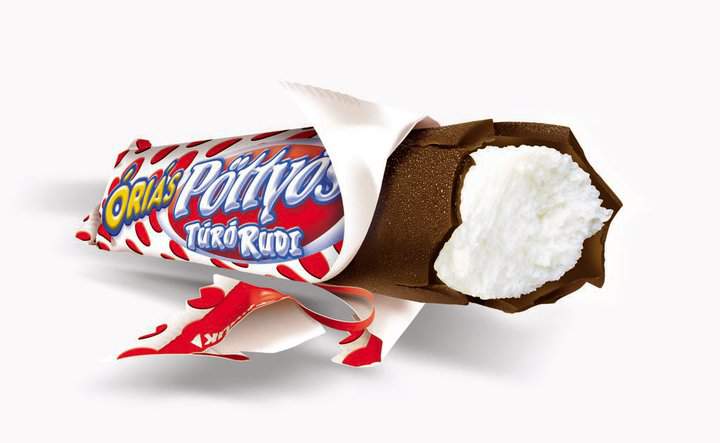
Finally, my personal favourite, Túró Rudi. Although this is not a traditional dessert in the sense that it is not baked or cooked at home (though there are several cakes inspired by it): it a bar of farmer’s cheese covered in chocolate glaze, that you can buy in almost every store in Hungary. Túró Rudi in its dotted package represents the taste of childhood since the 1970s, and you can find it with fillings like hazelnut, peanut, strawberry, vanilla and plum and many others. My friends and I agree that the peanut cream filled one is the best there is.
featured image: www.facebook.com/GerbeaudCafé
Source: Daily News Hungary

